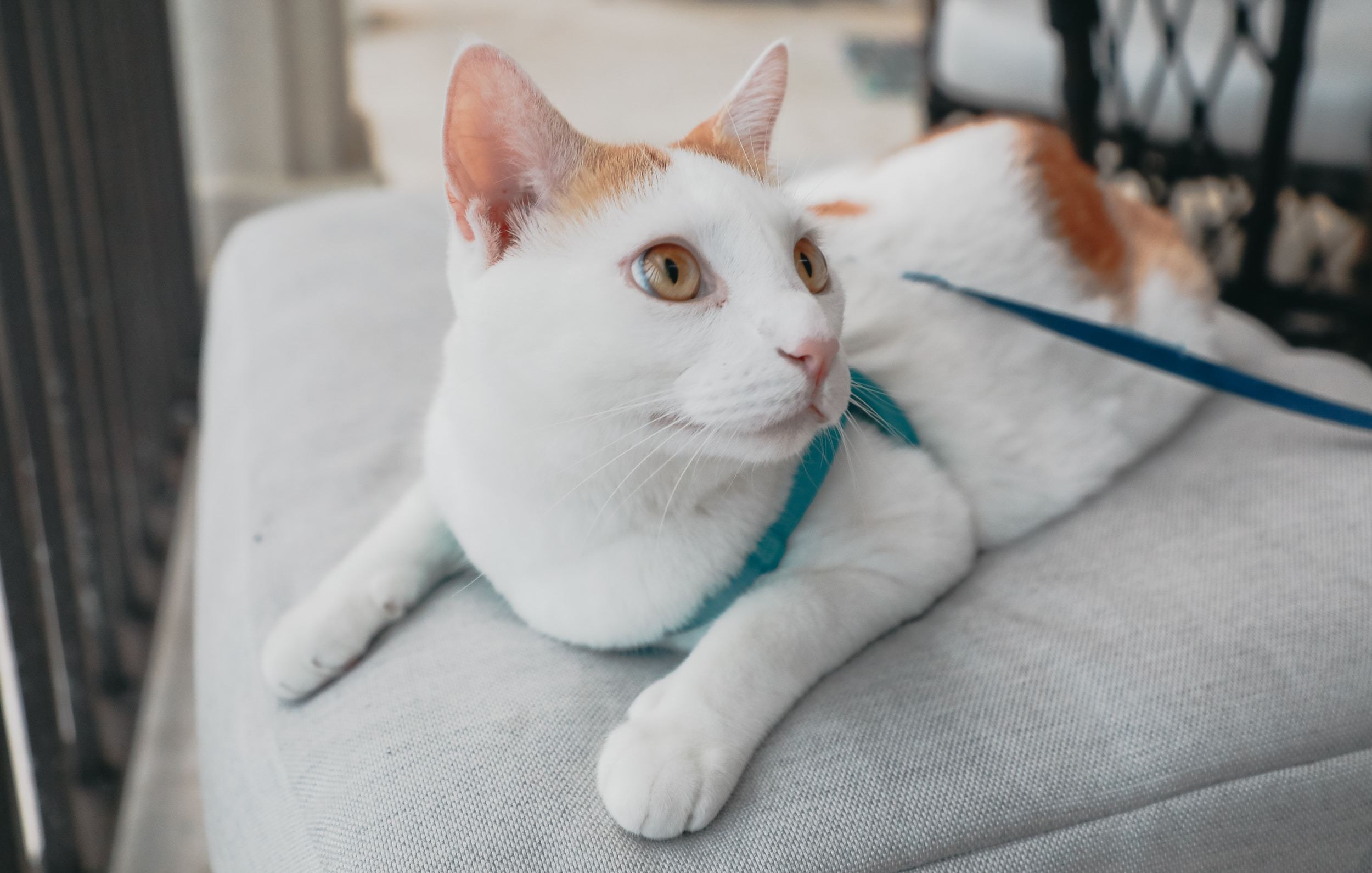Cat Behavior Demystified: Understanding Feline Body Language and Communication
Cats are known for their enigmatic behavior, often leaving their human companions puzzled by their actions and expressions. However, beneath their mysterious exterior, cats communicate with us every day through their body language and behaviors. Understanding these cues is essential for building a strong bond with your feline friend and ensuring their well-being. In this comprehensive guide, we'll delve into the intricacies of cat behavior, demystifying their body language and communication to help you become a more attentive and knowledgeable cat owner.

The Complexity of Feline Communication
Cats communicate through a combination of vocalizations, body postures, and behaviors. Deciphering their language involves observing their cues in various contexts and paying attention to their individual preferences and personalities.
1. Tail Talk
A cat's tail is a powerful communication tool, and its position can convey a range of emotions:
- Tail up: A raised tail with a slight curve at the top indicates a content and confident cat.
- Puffed-up tail: A puffed-up tail signifies fear, agitation, or excitement. It's often seen during confrontations or when the cat feels threatened.
- Tail straight up and vibrating: This is a sign of extreme excitement or anticipation, often seen when a cat is about to pounce or play.
- Tail tucked between legs: A tucked tail indicates submission, fear, or discomfort. It's crucial to approach a cat with a tucked tail cautiously and provide comfort.
- Tail twitching or lashing: Rapid tail movement can signal irritation or annoyance. It's best to give your cat space in this situation.
2. Ear Expressions
A cat's ears can provide valuable insights into their mood and feelings:
- Forward-facing ears: Alert and curious.
- Slightly back: Relaxed or content.
- Flattened back: Agitated, scared, or defensive.
- Sideways: Nervous or uncertain.
3. Purring
Purring is not always a sign of contentment. Cats may also purr when in pain, stressed, or seeking comfort. Context and accompanying body language can help determine the reason behind the purring.
4. Grooming Behavior
Cats are meticulous groomers, and their grooming habits can convey various messages:
- Self-grooming: A content and relaxed cat will groom themselves frequently.
- Mutual grooming: Cats that groom each other are reinforcing social bonds and demonstrating trust and affection.
5. Slow Blinking
When a cat slow-blinks at you, it's a sign of trust and affection. You can reciprocate by slow-blinking back, reinforcing your bond.
6. Kneading
Kneading is a behavior kittens exhibit while nursing. Adult cats may knead soft surfaces or even their owners when they feel comfortable and safe. It's a sign of contentment.
7. Scratching
Cats scratch to mark their territory, stretch their muscles, and keep their claws healthy. Providing a designated scratching post can prevent destructive scratching and fulfill these needs.
8. Hiding Behavior
When a cat hides, it may be feeling stressed, unwell, or simply seeking a quiet and safe space. It's essential to respect their need for solitude during these moments.
9. Vocalizations
Cats use various vocalizations to communicate:
- Meowing: Cats primarily meow to communicate with humans. The tone, pitch, and duration of meows can convey different messages, from greetings to demands for attention or food.
- Purring: While often associated with contentment, cats may purr when in pain, anxious, or unwell.
- Hissing and growling: These are signs of fear or aggression. It's best to approach a hissing or growling cat cautiously and provide space.
10. Tailless Breeds
Some breeds, like the Manx or American Bobtail, naturally lack a tail. In these cases, other body language cues, such as ear position and vocalizations, become even more critical for communication.

Conclusion
Understanding feline body language and communication is a valuable skill for cat owners. It allows you to interpret your cat's emotions, needs, and preferences, ultimately strengthening your bond and providing them with the care and attention they deserve.
Remember that each cat is an individual with a unique personality, and their communication style may vary. Over time, as you observe and interact with your cat, you'll become increasingly attuned to their specific cues and behaviors, creating a deeper and more fulfilling connection.
By respecting your cat's signals and responding with love and empathy, you can build a harmonious and enriching relationship with your feline companion.